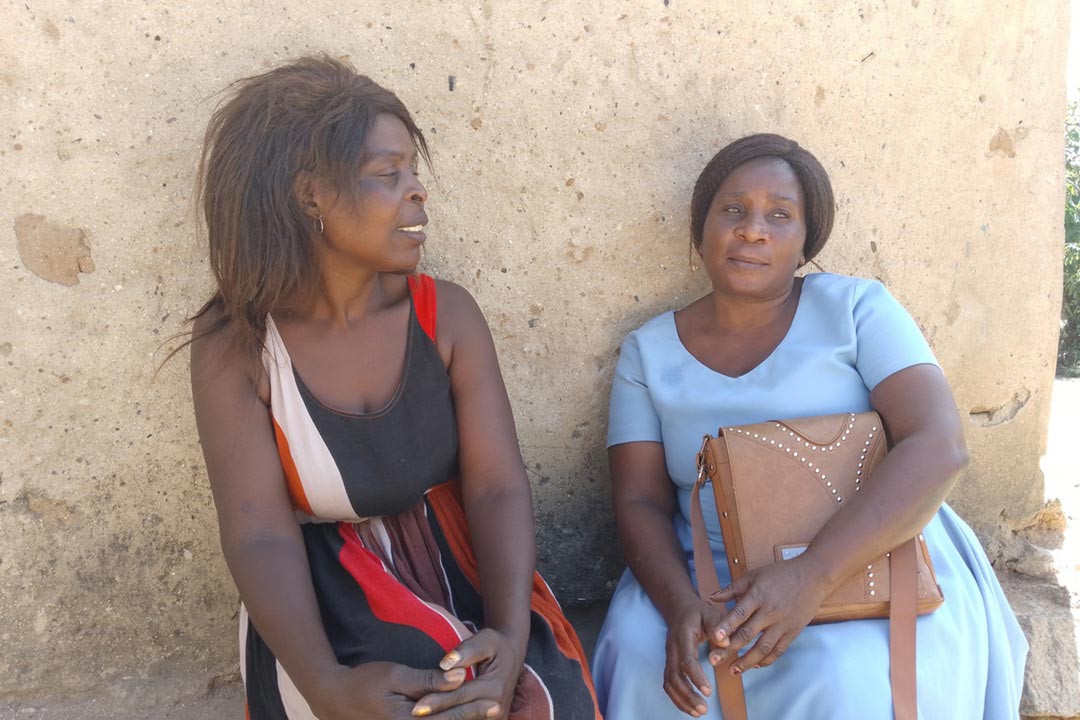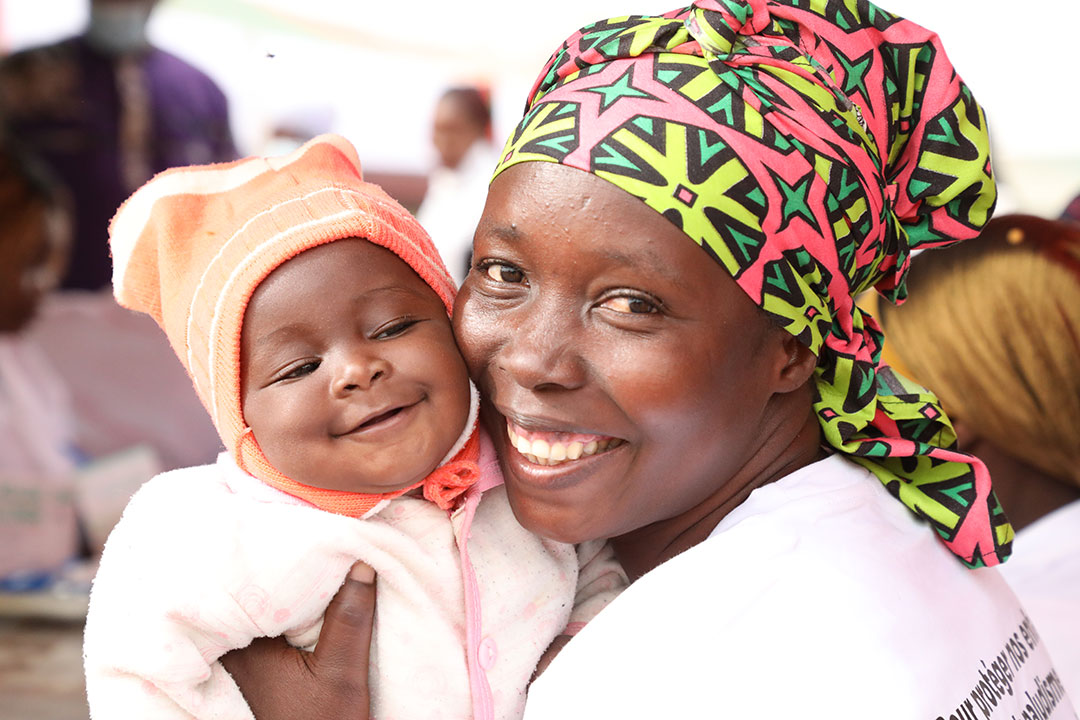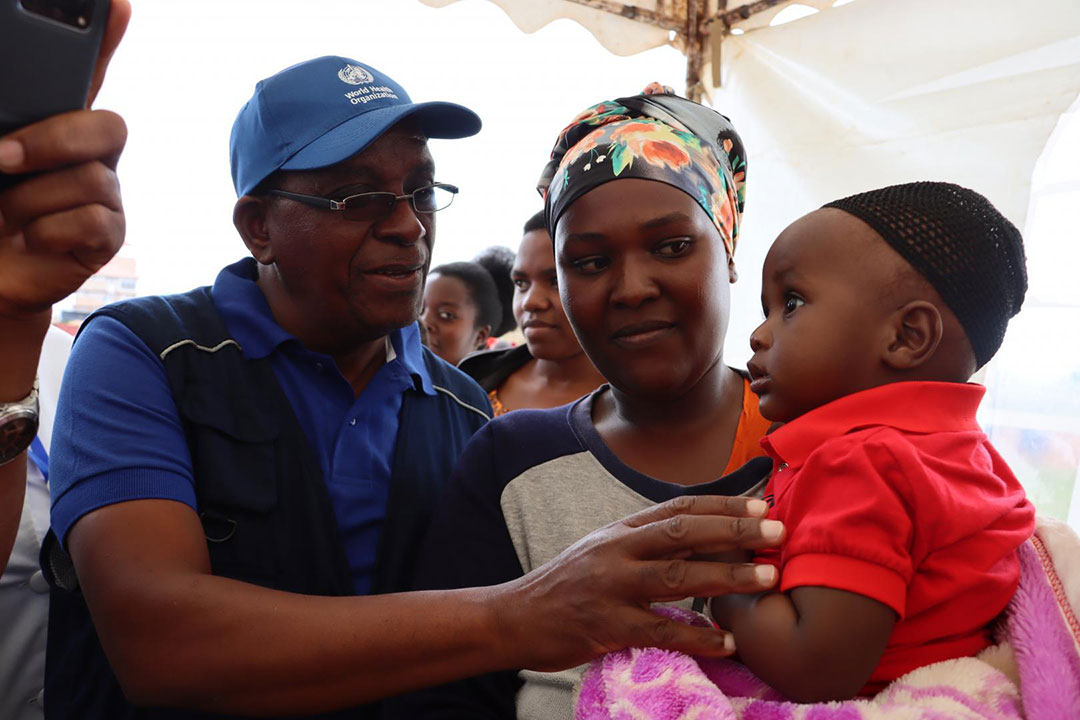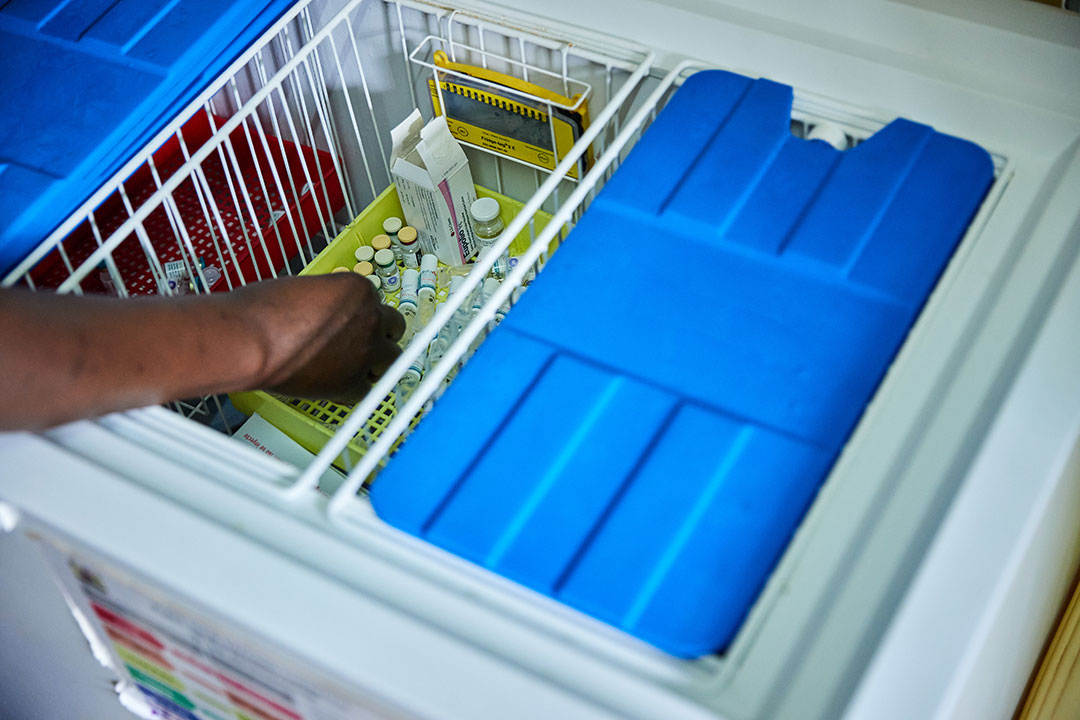Why reaching zero-dose children will be the key to reaching the global goals
The number of zero-dose kids who receive no vaccines at all has risen since the pandemic. They often live in remote areas, displaced or nomadic communities or are affected by conflict, but here’s why reaching them is more important than ever.
- 26 April 2023
- 5 min read
- by Gavi Staff

Vaccines reach more people than any other health intervention, yet there are a staggering number of children who never receive a single dose – so-called zero-dose children.
The disruption to immunisation services during the COVID-19 pandemic has meant that the numbers of these children has been rising. In 2021, there were 25 million underimmunised infants worldwide and 70% of these, 18.2 million, were zero-dose.
Immunization Agenda 2030 was developed to drive progress in vaccine coverage towards meeting the Sustainable Development Goals (SDGs); the targets are ambitious and include a 50% reduction in the number of zero-dose children by 2030 compared to 2019 levels.
Tailored strategies need to be designed for each local context and implemented in a way that overcomes key barriers.
In a paper in a special issue on in the journal Vaccine, Dan Hogan, head of Measurement and Strategic Information at Gavi, and Anuradha Gupta, former Deputy Chief Executive Officer of Gavi, and now at the Sabin Vaccine Institute, Washington DC, explain what we need to do now to reach these children.
Where are zero-dose children?
Most zero-dose children live in low- and lower-middle-income countries, which account for 87% of the global total of 18 million. In 2021, six countries, India (2.7 million), Nigeria (2.2 million), Indonesia (1.1 million), Ethiopia (1.1 million), Philippines (1 million), and the Democratic Republic of the Congo (0.7 million), accounted for half of all zero-dose children. Within these countries, many of these children are found in urban, remote rural and conflict-affected settings.
Living in an area where health services are erratic or scarce will clearly be an immediate barrier for children in accessing routine vaccines. However, as Gupta and Hogan say, other factors than geography may be more important in determining why children don't receive vaccines. "As zero-dose children often face multiple barriers to immunisation, understanding the social, political and economic contexts of zero-dose children and their families is key for program design," they say.
Why do some children miss out on immunisation?
Stigma and discrimination are major barriers in children being able to access essential vaccines. Gender-related barriers are significant – children whose mothers were measured to have low or medium levels of social independence and were thus relatively unempowered were 3.3 times more likely to be zero-dose than children of mothers with high levels of social independence.
Within low-income countries, children from the poorest households are far more likely to miss out on vaccines – there is a 14 percentage point difference in median zero-dose prevalence when comparing the poorest to wealthiest household quintiles.
Belonging to refugee, migrant, or nomadic populations can also mean children miss out on vaccines. These populations are, by nature, often on the move, and may face food shortages or a loss of income or endure climate shocks or conflict. All of this can increase the number of children who are missed by immunisation services as well as household surveys designed to measure coverage.
Zero-dose children are the most vulnerable – here's how to reach them
The impact of vaccination is potentially greatest in the children who have not received any, as these children are living in the most vulnerable and marginalised communities, more susceptible to infection as they are least likely to have water, sanitation and hygiene or good nutrition, and also be the least likely to access treatment if they fall ill.
Have you read?
Gupta and Hogan describe a Identify-Reach-Monitor-Measure-Advocate (IRMMA) framework as a way to develop strategies to reach zero-dose children and missed communities. They explain, the framework "involves diving deeper into subnational- and community-level inequities and identifying where unvaccinated children live and what barriers to immunization they face. As the majority of zero-dose children tend to live in countries still developing their health information systems, data triangulation is often necessary, though imperfect."
They point out that tailored strategies need to be designed for each local context and implemented in a way that overcomes key barriers. For example, "strategies to sustainably reach zero-dose children with immunisation services in urban slums would be different from those for nomadic populations or for children in cross-border settings."
Using mobile vaccination teams or using drones to get vaccines to children in remote areas can improve access, especially for communities on the move. In addition, door-to-door campaigns and community mobilisation activities can be helpful in reaching children who are not otherwise covered by routine immunisation services.
Increasing efficiency is key. Even when there are supplemental catch-up immunisation activities, they should ensure that newly reached zero-dose children are linked up with the routine immunisation system to make sure the children go on to receive a full complement of vaccines.
Reaching zero-dose children will help reach the SDGs
Immunisation affects many of the SDGs and the impact of vaccines reaches far beyond vaccine-preventable diseases. Nearly one-third of under-five child deaths in low and middle income countries occur in households with a zero-dose child, so they must be a focus as countries strive for the SDG child mortality target of fewer than 25 under-five deaths per 1,000 live births.
Gupta and Hogan conclude: "Identifying and understanding zero-dose children and missed communities will be key for designing effective interventions to reach them, which will often require tailoring to the local context. As zero-dose children and their families face multiple deprivations, with a high burden of morbidity and mortality, the potential for impact is great if they can be reached."









